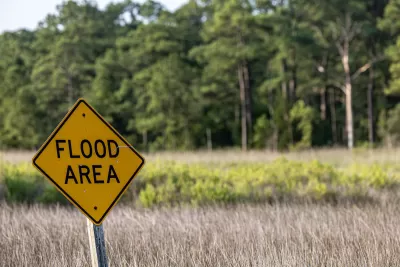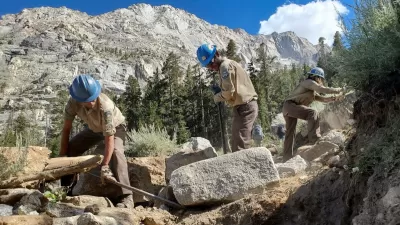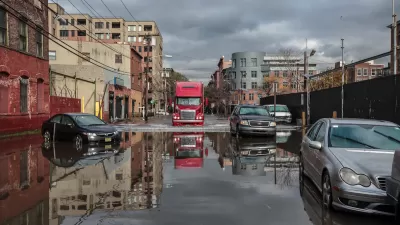The latest edition of the “Climate Change Indicators in the United States” report highlights the severe and widespread impacts of climate change on health and the environment, emphasizing the urgent need for action to mitigate these effects.

The Environmental Protection Agency (EPA) has released the Fifth Edition of the “Climate Change Indicators in the United States” report, presenting new data that underscores the pervasive effects of climate change on health and the environment. The report, which now includes indicators such as Marine Heat Waves and Heat-Related Workplace Deaths, illustrates how phenomena like extreme heat, flooding, and wildfires are increasingly frequent and severe, causing substantial harm to public health, livelihoods, and property. EPA Administrator Michael S. Regan emphasized the report’s role in tracking climate change's impacts, aiding informed efforts to mitigate the crisis.
The report compiles data from more than 50 contributors, offering evidence of climate change’s growing impact on ecosystems and society. Notable findings include the increase in global and U.S. temperatures, more frequent and prolonged heat waves in cities, rising sea surface temperatures, and the displacement of marine species. Additionally, tidal flooding, wildfires, and the lengthening of the growing season have become more pronounced. These indicators collectively highlight the urgent need for comprehensive climate action to protect vulnerable populations and build resilient infrastructure.
Further, the report addresses the significant reduction in Arctic sea ice and the shortening of the snowpack season, both of which have critical implications for global climate patterns. The EPA's ongoing efforts to document these changes are crucial for understanding the real-time effects of climate change and developing effective strategies to combat its adverse outcomes. The comprehensive data presented aims to support policy-making and public awareness, stressing the importance of immediate and sustained efforts to address climate change.

Study: Maui’s Plan to Convert Vacation Rentals to Long-Term Housing Could Cause Nearly $1 Billion Economic Loss
The plan would reduce visitor accommodation by 25,% resulting in 1,900 jobs lost.

North Texas Transit Leaders Tout Benefits of TOD for Growing Region
At a summit focused on transit-oriented development, policymakers discussed how North Texas’ expanded light rail system can serve as a tool for economic growth.

Using Old Oil and Gas Wells for Green Energy Storage
Penn State researchers have found that repurposing abandoned oil and gas wells for geothermal-assisted compressed-air energy storage can boost efficiency, reduce environmental risks, and support clean energy and job transitions.

Santa Barbara Could Build Housing on County Land
County supervisors moved forward a proposal to build workforce housing on two county-owned parcels.

San Mateo Formally Opposes Freeway Project
The city council will send a letter to Caltrans urging the agency to reconsider a plan to expand the 101 through the city of San Mateo.

A Bronx Community Fights to Have its Voice Heard
After organizing and giving input for decades, the community around the Kingsbridge Armory might actually see it redeveloped — and they want to continue to have a say in how it goes.
Urban Design for Planners 1: Software Tools
This six-course series explores essential urban design concepts using open source software and equips planners with the tools they need to participate fully in the urban design process.
Planning for Universal Design
Learn the tools for implementing Universal Design in planning regulations.
Ascent Environmental
Borough of Carlisle
Institute for Housing and Urban Development Studies (IHS)
City of Grandview
Harvard GSD Executive Education
Toledo-Lucas County Plan Commissions
Salt Lake City
NYU Wagner Graduate School of Public Service





























